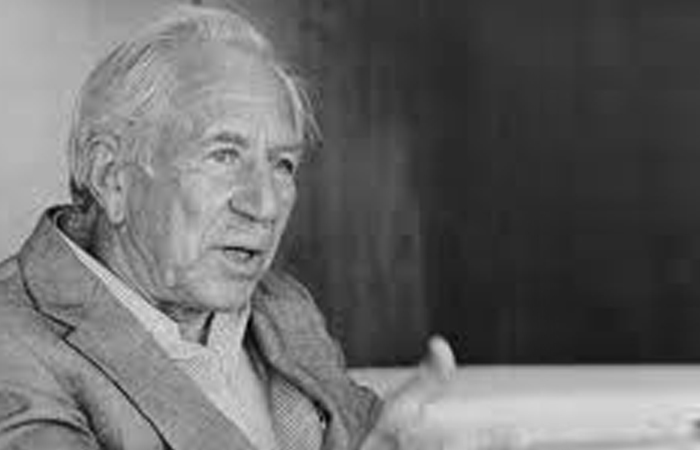Radix Institute
What Makes Radix Unique?What makes Radix® Work different and unique in contrast to other approaches
Radix therapists work with the life force through talking, movement, breath, touch, vision, and sound to achieve healing and growth and to help people realize their full potential. In particular, we work with the breath, because much of how we block our experience is through tightening our breath, either breathing only into the upper chest or only into the belly, or moderating our breath so we take neither a full inhalation nor a full exhalation. Our characteristic breathing patterns then become part of our armor, and block full experience and expression of our feelings.
The founder of Radix, Dr Charles Kelley was an experimental psychologist who researched the relationship between vision and emotions. He developed and incorporated ways of working with the eyes into Radix work. Radix practitioners are very skilled in working with the pulsation and different expressions of the eyes. This assists them to bring clients more into the present moment, which facilitates healthy perception, addresses dissociation and enhances the integration of the work. The significance of being able to competently observe and actively work with this aspect of the body has recently been supported by advancements in neuroscience and neuropsychology.
Radix is a regulatory approach both in theory and practice. Our primary focus is working with the pulsation of the life force in the body/mind. In a practical sense, Radix practitioners focus on the many subtle ways that clients interrupt this pulsation in feeling, thinking and behavior, either by becoming more rigid or by going into chaos. In particular Radix practitioners are skilled in emotional regulation; they understand the therapeutic benefits of facilitating either emotional expression or containment.
During their training, along with the in-depth theoretical learning and conducting a practice with ongoing supervision, Radix Practitioners do a minimum of 150 hours of their own personal Radix work. Radix training is rare in this demand for ongoing, deep and comprehensive personal work. This enables the practitioner to be fully present with their clients, no matter what the issues are or what is being felt or expressed.
Historically, Radix began as an educational model, not a medical model. Our basic belief is that clients have the capacity to be healthy and functional, rather than seeing someone as being sick and needing to be cured, as in the medical model. Our work is to facilitate growth toward one’s ability to live fully in the world. In the process of growing up, people may have learned ways of interacting with the world that protected them, but that are no longer effective for their optimal functioning. This belief in the client’s basic health and ability to relearn ways of thinking, feeling and behaving in the world remains a fundamental philosophy or Radix theory and practice.
With this focus the Radix therapist is fundamentally empowering the client to take charge of their life. For this reason, Radix practitioners are reluctant to ‘diagnose’ using labels. Emphasis is more on how the client is struggling in their feelings, behavior or thinking. This assists the client to make sense of their process and to make informed choices of how to change and grow based on their experiential learning.
Pioneers in Neo-Reichian Bodywork

– Dr. Alexander Lowen
Dr. Lowen founded the school of Bioenergetics. His contributions in grounding transformed Reichian Body Psychotherapy, and contributed greatly to the Radix Approach.
In this approach to psychotherapeutic process, interventions at the somatic level – breathing, movement, making sound, expression of emotion through reaching, hitting, screaming, whispering, changing postures, and the like—are not result or outcome focused. These interventions are a means of increasing awareness, creating more space for experience of self. Engaging this way allows the person to expand her or his tolerance for strong and deeply felt experience. It allows the person to modulate the degree of engagement with inner reality, and with the interface of that inner reality with the world outside oneself. These interventions are only directive to the extent that the therapist is familiar with the possibilities this way of experimenting with process presents. Once offered the structure of the experiment in movement, sound, or expression, the patient can take the experience as far or as deep as she or he wishes to go.
Wilhelm Reich’s seminal contribution to psychoanalysis was his recognition of the importance of strongly experienced, deeply felt, and openly embraced emotional experience and expression as a basic constituent of human life. He observed that the deformations that occur in the development of a person’s ability to support an ongoing, deeply felt and expressed emotional life could be observed in chronic patterns in physiological organization of posture, breathing, chronic constrictions and weaknesses of muscle groups, and that these patterns of organization correspond to patterns of psychological organization. These durable and consistent organized patterns of somatic structure and functioning that he observed in his patients, correlated well with consistent patterns of attitude, behavior and certain elements of psychic structure and of characterological organization. All of these elements either facilitated or impinged on the capacity for full, mature, deeply felt and expressed emotionality, and they are profoundly influenced by and grounded in the relationship matrix of a person’s early life, including familial and social groups.
– Dr. Alexander Lowen

